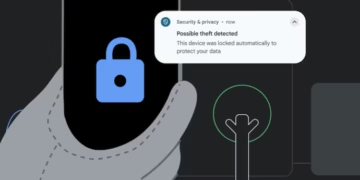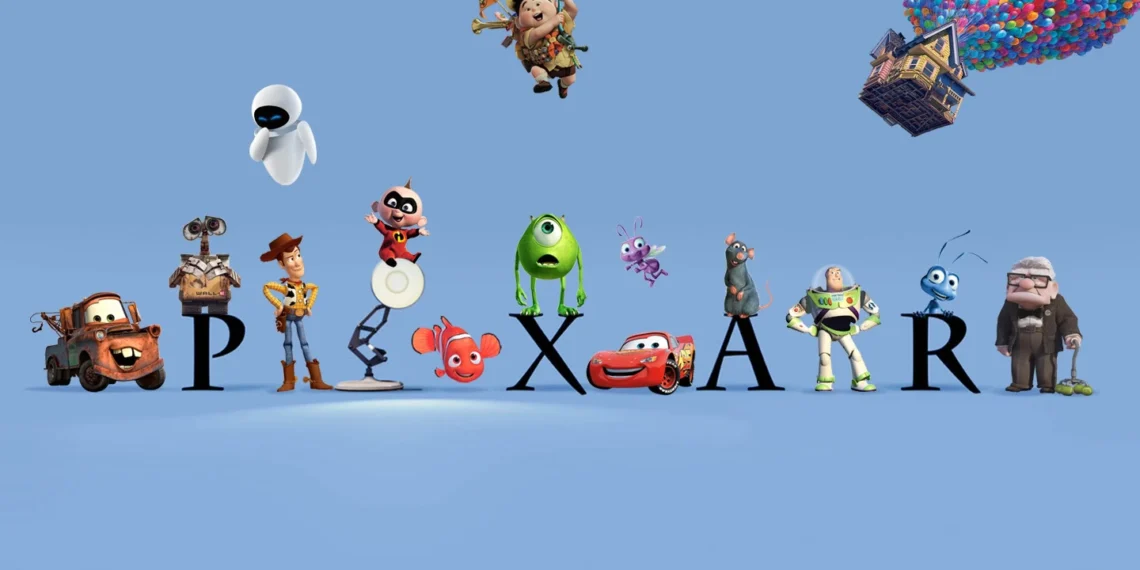Pixar Animation Studios keeps winning over audiences everywhere with its blend of warmth, wit, and genuinely thoughtful films. Their lineup—think “Toy Story” and “Up”—isn’t just packed with cinematic joy; it’s also a showcase of technological breakthroughs in CGI animation.
Every Pixar release pushes boundaries in animation history, not just telling stories but redefining what animation can do.
Since the beginning, Pixar has stood for innovation, creating vivid worlds where characters feel alive in ways we barely imagined before. That call to “infinity and beyond” is more than just a catchphrase—it really sums up the studio’s spirit.
Pixar doesn’t just animate characters; they spark the imagination, always chasing new heights in storytelling and technology.

Key Takeaways
- Pixar’s films blend entertainment with constant innovation in animation technology.
- Their influence reaches far beyond stories, driving progress in CGI and animation methods.
- Pixar’s creativity keeps raising the bar for animation and narrative artistry.
Modest Origins and the Dawn of CGI Animation

Pixar started out as a small computer hardware company, eventually jumping into animation with a few clever short films. One of their earliest works, Luxo Jr., brought a simple desk lamp to life using cutting-edge CGI.
That hopping lamp quickly became a symbol for what was possible in animation. Pixar kept refining their techniques, paving the way for Toy Story—the first full-length film made entirely with CGI.
Shaping a New Era of Animation
Pixar changed animation forever by going all-in on CGI instead of sticking to traditional hand-drawn methods. Drawing each frame by hand used to limit how fluid and detailed animation could be, not to mention the kinds of stories you could tell.
With their tech breakthroughs, Pixar gave artists more freedom and let stories get bigger and bolder. The 1995 release of Toy Story—the first feature-length CGI film—showed off a digital world that felt vibrant and immersive, setting a whole new standard for animated movies.
By mixing advanced tech with classic animation know-how, Pixar brought in dynamic visuals and real emotional punch. That’s how we got some of the most memorable characters and scenes in animation, leaving a mark on audiences and animators everywhere.
Pioneering Storytelling: Pixar’s Distinctive Approach
Pixar really nails it when it comes to weaving stories that hit home emotionally, all while showing off inventive animation. Movies like Finding Nemo dig into themes like determination and family, while Inside Out explores human emotions in a way that’s both clever and touching.
This mix of heartfelt storytelling and stunning visuals makes Pixar stand out. Their stories just seem to connect with people everywhere, no matter where you’re from. There’s something simple yet deeply moving about how they do it.
Advancing Animation Technology
Pixar keeps pushing animation forward with some wild tech achievements. Remember the super detailed fur in Monsters, Inc.? Or the underwater worlds in Finding Nemo? Those took some serious innovation.
More recent films like Soul and Coco use lighting and rendering tricks that give scenes more realism and emotional punch. Here are a few highlights:

- Detailed Fur Modeling: Changed how characters look and move.
- Underwater Scenes: Opened up new visual possibilities.
- Lighting Advancements: Made everything feel more lifelike.
These breakthroughs help keep Pixar at the top of the animation technology game.
Cultivating a Legacy: The Pixar Influence on the Industry
Pixar’s focus on strong storytelling, rich characters, and tech innovation has really changed how the whole industry works. Their success has pushed other studios to up their creative and technical game.
Studios like DreamWorks Animation, Blue Sky Studios, and Illumination Entertainment have all borrowed from Pixar’s playbook, mixing emotional depth with visual artistry to make films that stick with you. Pixar’s influence has sparked innovation and set a high bar for excellence across animation.
The Legacy of Pixar
Pixar has changed the animation industry, driving innovation and inspiring studios like DreamWorks and Blue Sky to get serious about computer-generated techniques. By raising animation’s profile as an art form, Pixar helped animated films earn more respect—Toy Story 3 even landed a Best Picture nomination at the Oscars.
But it’s not just about the tech. Pixar’s stories have shown that animation can be deeply emotional and creative, cementing the studio’s place as a leader in the art of storytelling. Their influence keeps inspiring creators and encouraging new approaches in filmmaking.
Progressions in Narrative Innovations
Pixar still finds ways to surprise and move audiences with stories that feel real and tap into universal emotions. There’s a new original project coming in 2025, aiming to dig into themes like inclusion, diversity, and the ties that connect us all.
They’re also expanding their beloved worlds, with a fresh chapter in the “Toy Story” universe on the way. Fans are looking forward to a 2024 spinoff starring Woody and Bo Peep, promising new adventures full of nostalgia and heart. It’s clear Pixar’s not done pushing forward while honoring what made their classics so special.
Embracing Virtual Reality and Immersive Technologies
Pixar isn’t afraid to dive into new tech, either. They’ve started exploring virtual and augmented reality, teaming up with Disney to create VR and AR experiences that let people step right into their favorite animated worlds.
This move brings stories even closer to fans, blurring the line between fiction and reality in a way that feels genuinely exciting.
Innovations in AI-Driven Animation
AI-powered tools are shaking up animation workflows. They automate design tasks like crafting detailed environments or adding lifelike visual effects.
Studios such as Pixar jump on AI-driven technology to make production simpler. That way, animators can finally spend more time on what matters—storytelling and creativity.
Benefits of AI Animation Technology:
- Streamlined Production: Cuts down on repetitive tasks.
- Creative Freedom: Gives artists more room to focus on imagination.





































